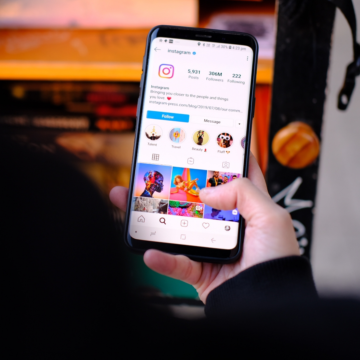
No matter what industry you work in, coming up with creative solutions to problems is necessary – and let’s be honest, sometimes difficult. We bet you’ve seen something somewhere and thought to yourself, “Wow, that’s genius, why didn’t I think of that?” Well, you don’t need to be a genius to come up with an incredible idea – you just need some brainstorming!
Brainstorming is a well-known technique for generating creative solutions, but it might seem like a pointless process to some, if it’s not done right. It’s not like there are rules to brainstorming, but there are definitely some tips and tricks you should follow if you want to have a productive session where everyone is engaged and collaborating, and from which you take away some amazing ideas.
Here are some pointers to bring into your next meeting.
1. Focus on Quantity Over Quality
Let’s establish the most important thing first: the goal of brainstorming is to come up with the highest possible number of ideas. Don’t get attached to how good they are. You might not solve the problem right there and then, but you are probably going to leave the session with a fresh perspective and a few good concepts you can explore further. The golden solution is hidden between 30 other not-so-good ideas.
2. Set a Time
Having a time limit will ensure you don’t waste a second. The goal here is to keep everyone engaged, focused and contributing. A session can be anywhere from 15 to 45 minutes, depending on the size and complexity of the project – so a sweet spot is 30 minutes. However long you choose, make sure to communicate it to everyone before the session starts and stick with it!
3. Prepare Beforehand
You won’t have much time, so spend it wisely. Do some research before the meeting. For instance, if you’re brainstorming ideas for an event, spend a few minutes going over what other events like yours did in the past; you might have missed an idea that seems obvious.
4. Change the Place
To help spark creativity, get the team out of their habitual space. Leave your desks and go to the conference room, the break room, or even better, go outside. Changing your surroundings will help everyone get more inspired.
5. Choose the Participants
Another important limit you should set is the number of people. Choose a group of four to seven to be in your session–less than that and you won’t have enough ideas; more than that and people will not participate. And if you work in a large company, bring in people from different departments or different job positions. You will get great insights from different perspectives.
You also need to assign one person to take notes. They can contribute with ideas, of course, but their main responsibility here is recording everything that’s said. That way, the other participants can focus on the discussion.
6. Don’t Think About Execution
The meeting is not the time, nor the place, to think about how you’re going to execute each idea! Do NOT think about how you’ll get it done, how much it will cost, how long it will take. Use this time to come up with concepts. LATER, you will select a few that were the best and explore them further.
7. Go Wild
Because crazy ideas can sound implausible, many people avoid them in favour of more practical solutions. However, creativity and craziness go hand in hand. Never dismiss an idea just because you believe it is technically impractical. Often, the crazy one will spark inspiration in others and can be the starting point to the winning solution.
8. Keep Judgements to Yourself
On the same note, remember that there’s no such thing as a dumb idea. Don’t shut people down while they’re brainstorming. If a person feels their ideas are being rejected, they are more likely to withdraw from the discussion entirely. Use this space as a brain dump – people should feel free to say whatever comes into their minds. A “silly” idea might just be what another participant needs to get inspired.
Follow these simple steps and you’re set for success! Just make sure to communicate this to your team and get everyone on the same page. And if you’re stuck and need help, contact us and we’ll be happy to collaborate to take your ideas–and your brand–to the next level.
















